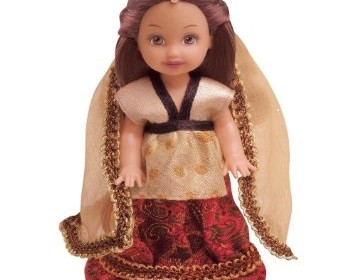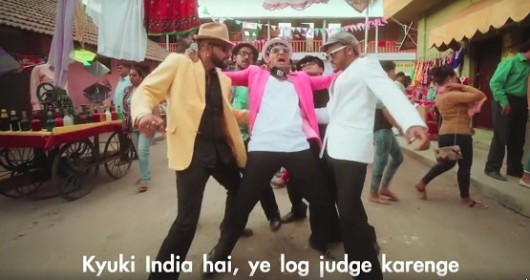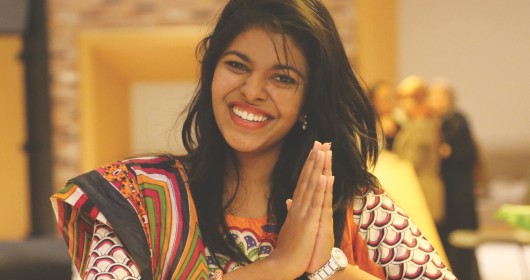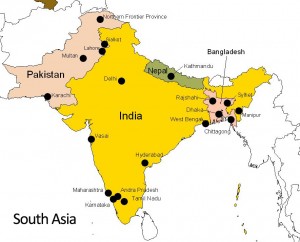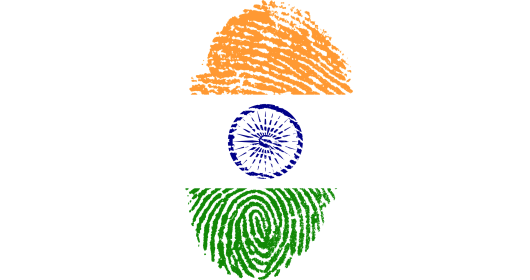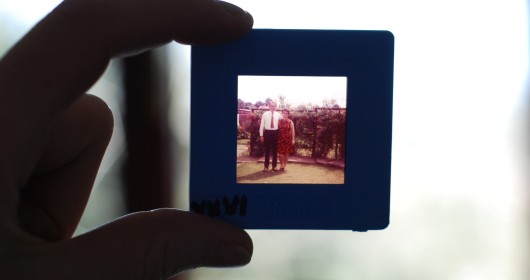In search of Betel love!
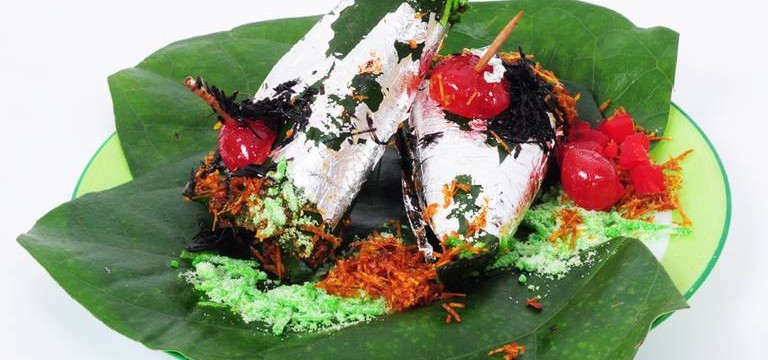
I am a die-hard fan of Amitabh Bacchan. And I grew up in a family of film lovers. Every weekend my parents used to take us to watch a film released in that week. Thus, We ended up watching every good, average or even trashy film made and released in the late eighties and in the nineties.
As expected, a lot of those films were starring Amitabh. But I did not watch Amitabh films in his prime in theater. Maybe I did a few but definitely do not remember them. When I was able to understand films, he was acting in really bad films films like ‘Ganga Jamuna Saraswati’, ‘Toofan’ and ‘Mard’. So obviously I watched most of his classics only when they were shown on various TV channels.
I do not remember when I watched Don for the first time or for that matter how many times I watched it since then. But it is one of my favourites. It had a fun, racy plot and one of my most favourite songs of Bollywood , “Khaike paan banaraswala”
The song has everything I like about life in general and Bollywood in particular. It has fun, frolic, dance, Amitabh Bacchan and most important of all, Paan (My husband will add Zeenat Aman to the list).
Paan or Betel leaf as it is known English is one of the things which can bring a smile to my face. It can also get a frown if not made well.
I grew up in an unusual family. My parents unlike most parents never hesitated to let us drink tea, or eat out or try paan. It took me years to realize why most of my friends were shocked that my parents did not force us to drink milk or allow us to eat bought kulfi. I grew up drinking tap water instead of boiled water like most other kids of my age.
This is reflected in a lot of things I did as a kid. My parents let us watch all the films they watched. Almost on all Saturday nights, we used to eat out at a restaurant which was near our place, then eat paan from the stall outside and go to films at a local theatre. It was a routine.
While the films which we watched used to be different, the choice of food was always same, a biryani which was a specialty of the place. It was same about the paan. We all had our fixed type of paan which dad used to order. I still remember what was ordered for my sister and me, “Banarasi 120 with katri supari, no jarda and gulkand jyada(more) kattha kam (less sour)”.
My love affair with paan started at that time. We used to get only half a paan on weekends when we used to watch new films. So my association of paan was with films and eating out and generally having a good time.
When I started growing up, I noticed the leaf used in the festivals and poojas was the same paan which used to look (and taste) different when bought from the thela. Betel leaf is one of the things which has a place in every pooja and a really bad reputation at the same time.
I never liked the plain version of it or the one which you used to get in the weddings with a lot of tasteless stuff in it.
But till I grew up, took a job and moved out of the house it never occurred to me that I can eat that whenever I wished and not just on those outings or on a rare Sunday afternoon.
I moved houses and cities but always found a paanwala who can make my type of paan. I did not eat it regularly but I liked my paan.
After moving to Amsterdam, it was really difficult to get any good Indian food places. The Dutch, while are really good folks, are not really known for their culinary skills. And the Indian restaurants here, serve really bad versions of some of the real Indian food and some plain made up dishes. (I had never heard of a dish called Chicken Madras in India!)
But the worst shock was when I realized that I will not find a place where I can eat good paan. Let alone good paan, there was no paan available! My husband who eats an occasional paan, just shrugged it off.
It was an addition to the list of one more thing which you do not get in Amsterdam for my husband, but it was breaking of a lifelong habit for me.
I remember how a friend of mine and I traveled for almost one and half hours in Mumbai traffic, after lunch to get just the right kind of paan.
Being a person who generally never gives up, I decided we do not know enough of the place yet. I felt the need to search more. I needed to search in places where Indians mostly lived.
And thus started my search. I asked every Indian, Pakistani, Bangladeshi I met, where could I get paan. I went to different restaurants in the hope that they will have one on offer. I even asked their owners.
I checked online shops and found the plain betel leaf in pooja supplies. But it wouldn’t serve the purpose. I needed my thela, and paanwala who could make something closer to what I liked.
I went to Desi meets in the hope of getting information on paan. But so far no success. I am still searching for one vendor who can make that perfect paan which brings a smile on face and happiness to the soul.
It is not a search for an exotic thing in a foreign land. For me, it is search for something that is part of my upbringing. It is something which made me know my parents better, especially when they were acting as friends and not being parents.
In rural India paan is not just something to eat after lunch or dinner; it offers a simple way to start conversations. It is typical to offer paan to people whom you meet. It is an icebreaker.
When I first met my mother in law, who is Telugu, born and brought up in Varanasi, it was an awkward interaction. Until I asked her if she would like a paan. Her answer started a friendship between us which is still strong. She said “Are hum to Banarasi hai, Bilkul khayenge paan! (Arrey, I am from Banaras, will definitely eat Paan!)”
